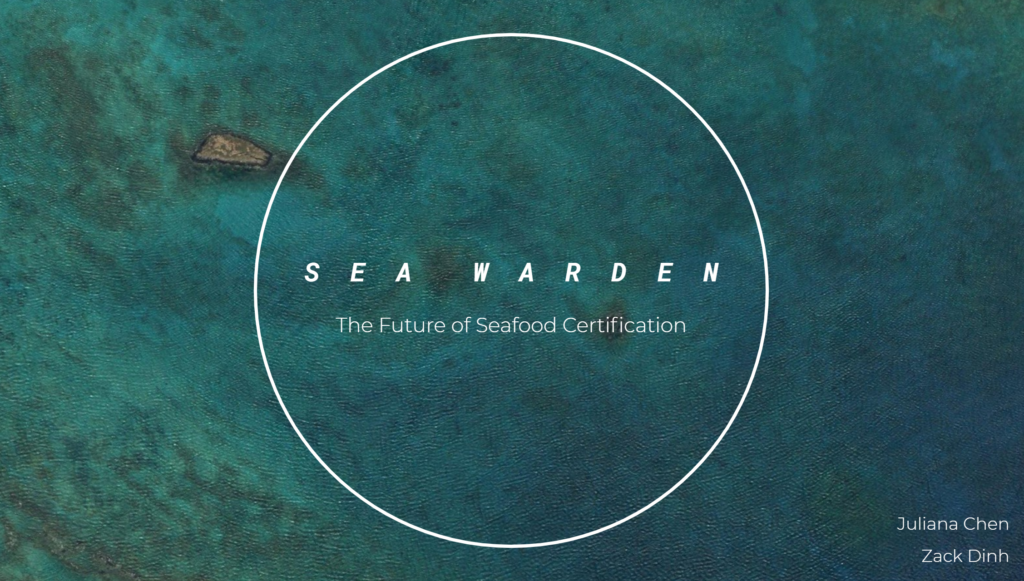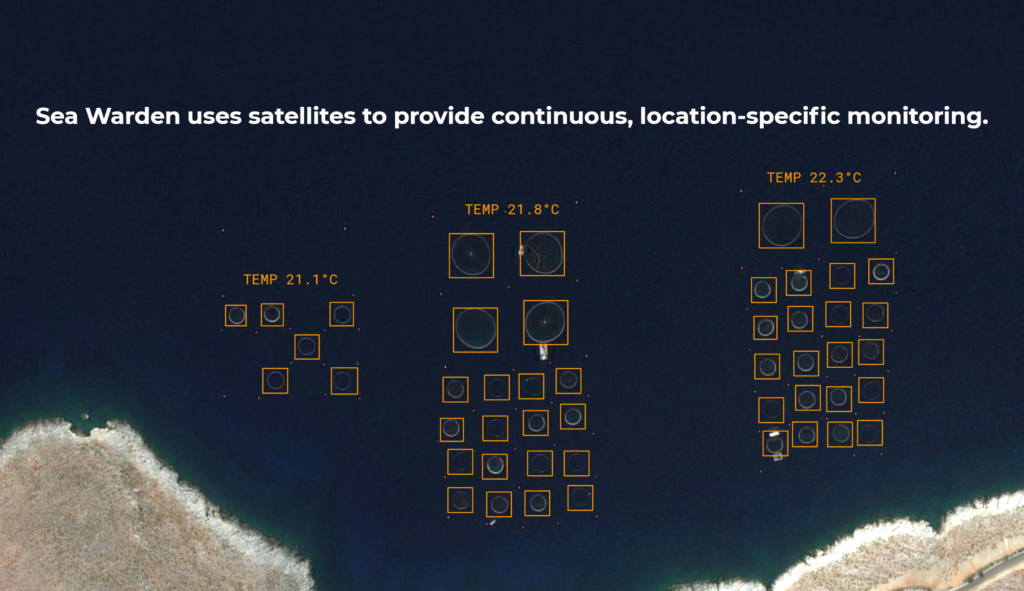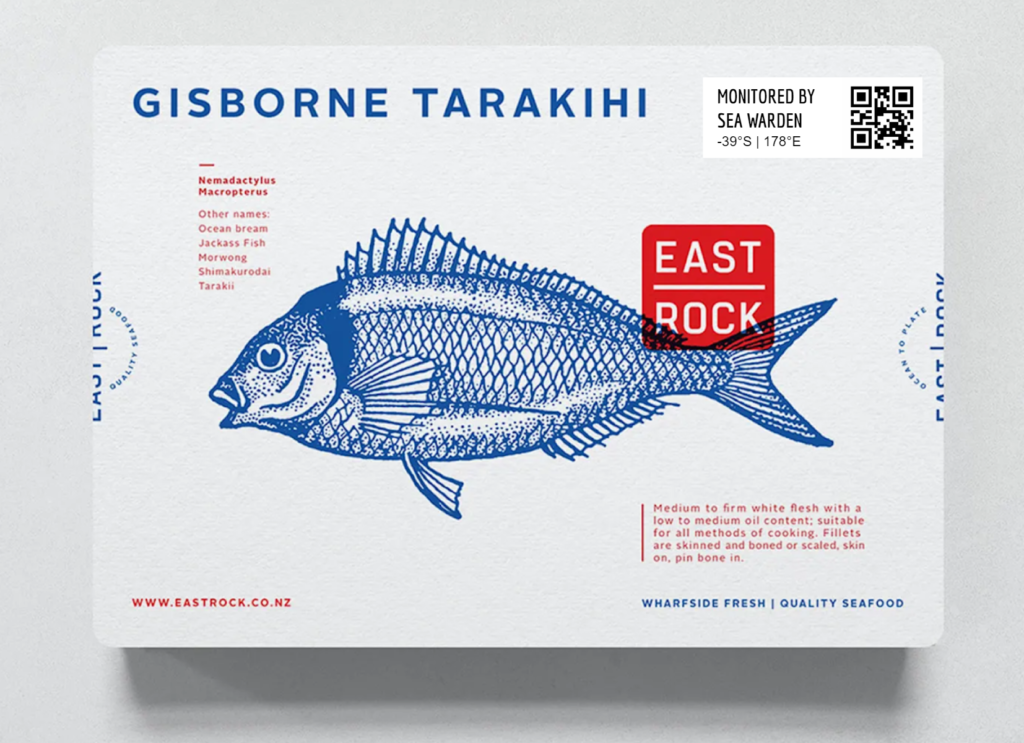

How do any of us really know where our fish comes from? Sure, there are approvals and labeling tactics to make us more confident in the quality of our fish. But what if I could see data on the exact location and environment from which my fish came?
Zack Dinh, currently working on a Master’s degree in Environmental Planning, conducts research on large data sets generated via satellite imagery. During this research, he started to wonder how satellites could be used for more than their current functionality.
“I started realizing… This has so much potential. Satellites can look at everything in the world. There has to be a way to create greater change with this technology.”
However, Dinh’s master’s program was not meant to teach him how to create a business. Therefore he decided to put his research to use and pitched an idea at the Spring ‘20 BMOE Bootcamp. “I wanted to figure out how to turn this into a venture to create the change I wish to make,” Dinh explained.
The idea he came up with is called Sea Warden.
Here is how it works: Seawarden uses satellite images to automatically detect the location of fish farms, and uses several key data points including ocean temperature and currents to model the levels of pollution, and general quality of the fish based on the environmental conditions. Environmental data points such as these are significant predictors to the general health and nutritional profile of the fish.

Sea Warden then uses this data to introduce a new standard of certification for all globally sold fish products.
Consider a package of fish bought at a supermarket. Once certified by Seawarden, this package will come with a scannable QR code on the front of the package. This QR code will direct the consumer to a link containing an entirely accurate data set of information on the dinner that they are eating. They can rest assured that their meal has come from a healthy and non-polluted area of the ocean.

Zack pitched Sea Warden on stage with his teammate Juliana Chen, a sophomore studying business administration and global management. Their chemistry on stage earned the team 2nd place in the BMOE Bootcamp final pitch competition.
“I am definitely am pursuing this. I’ll be bringing this idea to the AMP Social Impact Accelerator at Haas Business School in the Spring.” Dinh has also invited his team to join him on continuing the venture.
“We had a cool idea, we ran it through, and I’m glad we did. Bootcamp gave us the right resources, the right train of thinking, and the right people to surround ourselves with.”
The Sea Warden team is actively searching for sustainably-minded partners to help make their vision a reality. If you are interested, feel free to reach out to the team at seawarden.info@gmail.com. For more information, visit the Sea Warden website here.
Students interested in taking the Berkeley Method of Entrepreneurship Boot camp in the future can find more information here.
